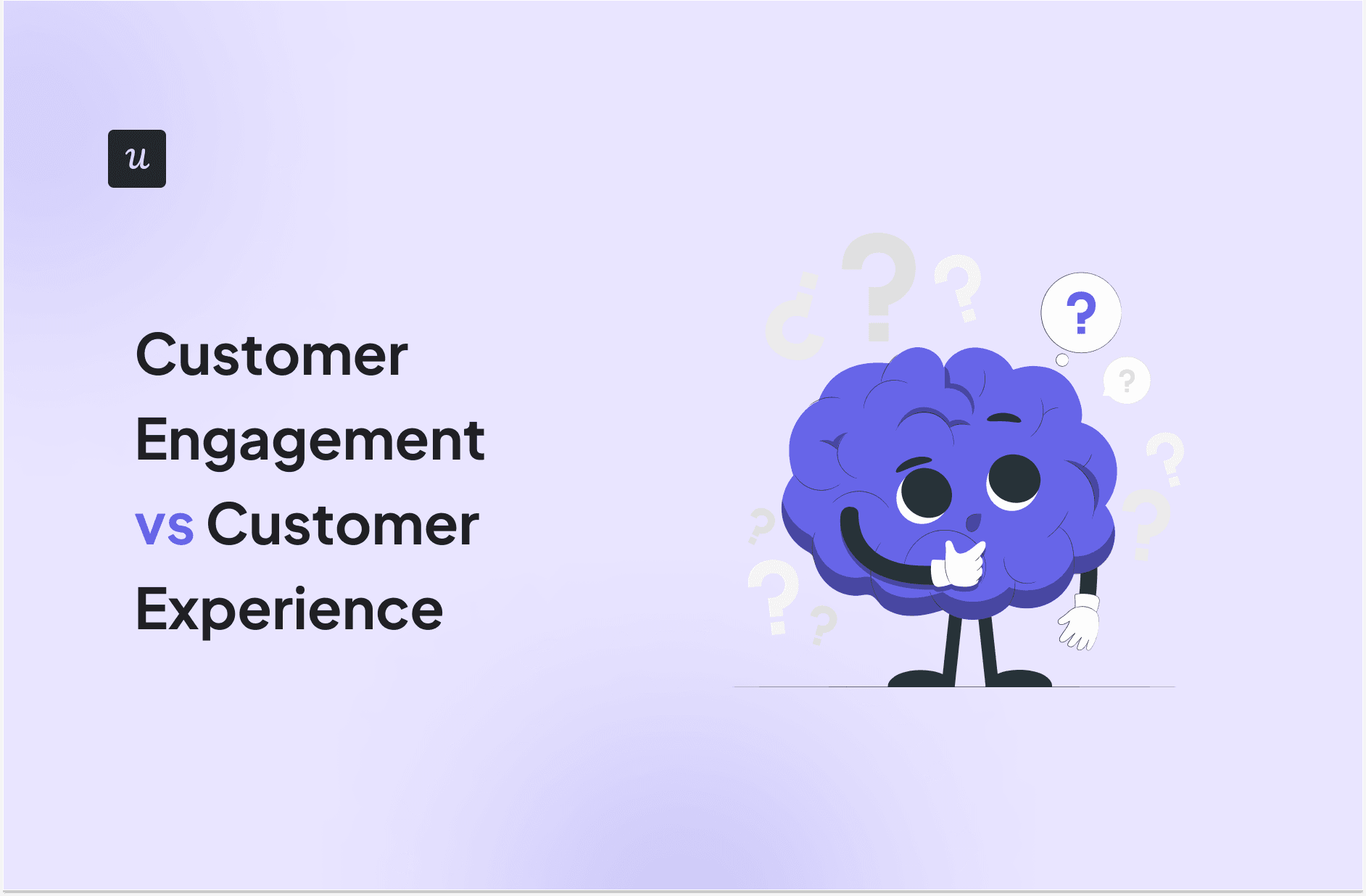
You’ve probably heard the terms customer engagement and customer experience used interchangeably. The confusion makes sense, too, since the two concepts are similar, with both aiming to build customer loyalty.
However, they’re not the same.
Customer engagement focuses on active interactions between customers and your brand, while customer experience looks at the overall feelings a customer has throughout their entire journey.
So, customer engagement vs. customer experience, which one should you prioritize? Let’s dive in to find out, along with useful metrics to track and tips on implementation as well.
Try Userpilot Now
See Why 1,000+ Teams Choose Userpilot

Customer engagement vs customer experience (Summary)
- Customer engagement involves ongoing interactions your brand has with customers aimed at building long-term relationships and boosting customer loyalty.
- A customer experience strategy revolves around tracking customers’ sentiments and perceptions about interactions with your brand across all touchpoints and aims to improve customer satisfaction.
- Customer engagement focuses on interaction-based relationship-building, while customer experience is perception-based, centered around satisfaction throughout the customer journey.
- Customer experience has a broader scope, covering all customer perceptions. In contrast, customer engagement has a narrower scope, focused on maintaining relationships.
- The terms are often confused with a third as well: customer satisfaction, which measures how happy customers are with your product – distinctly different from engagement and experience.
- Ready to perfect your customer engagement and customer experience strategies? Schedule a Userpilot demo and see how you can get started.
What is customer engagement?
Customer engagement is the process of nurturing long-term relationships between customers and your brand.
In other words, customer engagement gauges how effectively your business attracts and sustains a customer’s interest over time across multiple touchpoints.
Focusing on customer engagement helps drive retention, revenue growth, and customer advocacy. Let’s look at an example to see how you can improve engagement.
Suppose a customer makes a purchase online. Instead of simply sending a confirmation email, go a step further to boost engagement post-purchase. Share additional helpful content, like a product tutorial, product usage best practices, exclusive offers, etc.
By creating such personalized interactions, you build a positive customer experience, which leads to satisfied customers who stick around for longer.
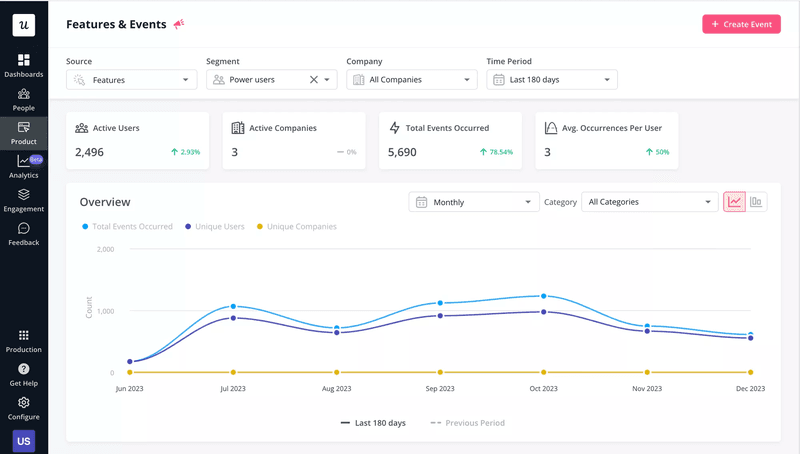
What is customer experience?
Customer experience refers to customers’ feelings about their interactions with your brand across various channels, online and offline, throughout the customer journey.
These interactions range from initial awareness, through purchase and onboarding, to continuous support, and potential expansion.
Focusing on customer experience is crucial because it directly impacts customer loyalty and satisfaction.
To improve customer experience, try introducing a user-friendly interface, easy navigation, personalized onboarding, and timely customer support.
Such changes result in positive experiences that fulfill customer expectations, leading to higher lifetime value (LTV) and greater profitability.
It should be noted that customer experience differs from customer service. While customer service includes all the help provided throughout the customer journey, customer experience reflects how customers perceive their interactions with your business.

Customer engagement vs customer experience: The key differences
Having established the basics of both customer engagement and customer experience, it’s time to dig deep into the main differences between them.
- Customer engagement: Interaction-based, focused on maintaining and improving the ongoing customer relationship with your brand. It includes all the actions your brand takes to foster deeper, long-term connections with customers.
- Customer experience: Perception-based, concerned with providing a seamless customer journey with your brand from start to finish. It revolves around how customers experience your brand, product, etc., either positively or negatively.
Definition and scope
Customer engagement:
- Definition: Customer engagement involves ongoing customer interactions with your brand across various channels, designed to build relationships and boost loyalty.
- Scope: Focused on nurturing and maintaining customer relationships. Looks at how much (and in what ways) customers actively interact with your company.
Customer experience:
- Definition: Customer experience refers to the overall impression customers have about interacting with your brand.
- Scope: Broader scope, covering all customer interactions and perceptions throughout the customer journey. Looks at how customers feel about their experience with your brand from start to finish.
Measurement and metrics
Customer engagement:
Common metrics for measuring customer engagement include:
- Customer engagement score (CES): Calculates how engaged existing customers and free trial prospects are.
- Product stickiness score: The rate at which users keep returning to your product.
- Customer lifetime value: The total revenue to expect from a customer throughout their relationship with your business.

Customer experience:
You can measure customer experience by collecting qualitative and quantitative data.
For qualitative measures, use interviews, usability testing, and surveys asking users to provide valuable customer feedback. Such data helps understand customer behavior and uncover improvement areas.
For quantitative measures, some key metrics are:
- Net Promoter Score (NPS): Measures the likelihood of customers recommending your product.
- Customer satisfaction (CSAT): Gauges the overall satisfaction level customers have with your product.
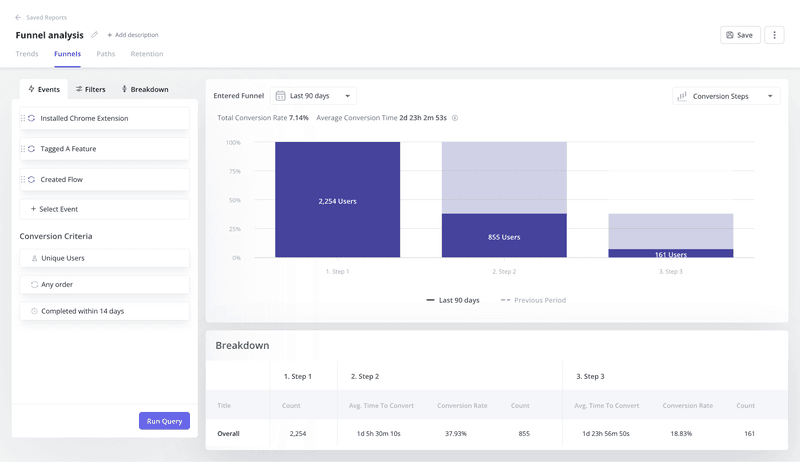
Goals and objectives
- Customer engagement: Build sustainable connections and customer loyalty while driving repeat business.

- Customer experience: Generate positive perceptions and improve customer satisfaction by meeting customer needs.
Timeframe and focus
- Customer engagement: Shorter timeframe, focusing on day-to-day interactions at every touchpoint within the customer lifecycle.
- Customer experience: Longer timeframe, focusing on customer actions across the customer journey, from consideration to advocacy.
Implementation
Customer engagement:
You can choose different tactical actions for implementation, such as:
- Loyalty programs to improve retention.
- In-app messages and tooltips to help users explore your product.
- Email or social media campaigns to translate important brand messages.
- Personalized communications and offers.
- Resources like webinars, demos, and interactive guides.
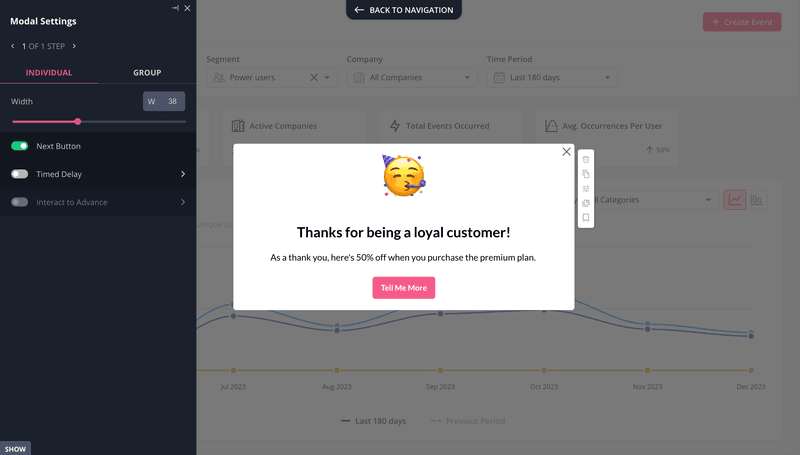
Customer experience:
Implementing positive experiences requires a more holistic approach, involving various departments to cover all touchpoints. This includes working with sales and marketing teams to:
- Track product usage and introduce necessary changes.
- Offer user-friendly website or app designs.
- Improve customer service and self-service options.
- Use customer feedback to improve product quality.
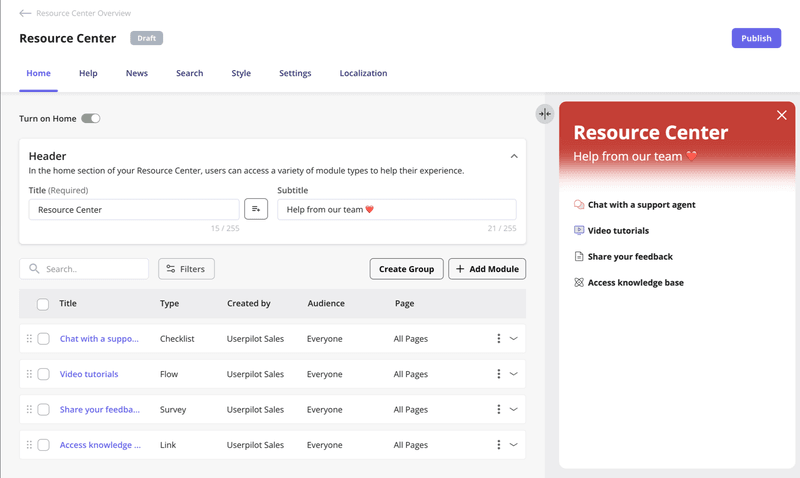
Customer satisfaction vs. customer engagement vs customer experience
In conversations about customer engagement vs customer experience, there is a third concept frequently mentioned as well – customer satisfaction. However, despite all three terms focusing on the same goal of increased customer retention and product growth, they are vastly different.
- Customer satisfaction measures how happy customers are with your product.
- Next, customer engagement considers activity levels to determine how much value customers derive from your product.
- Lastly, customer experience tracks the overall perception customers have of their interactions with your brand.
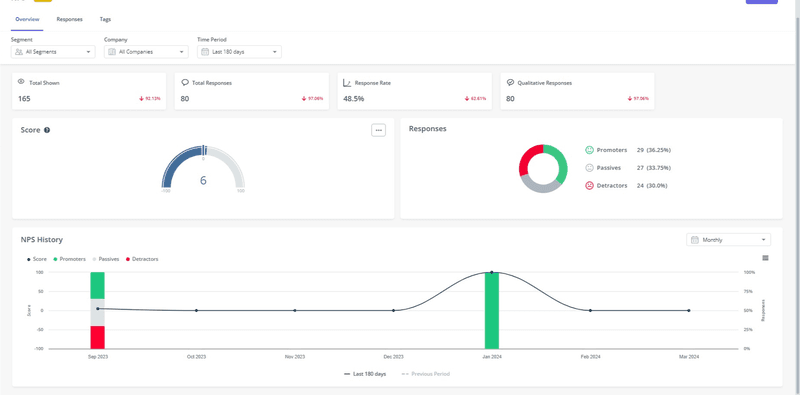
Conclusion
Clearly, for long-term business success, you need to focus on both an effective customer engagement strategy and a positive customer experience.
That being said, don’t forget that the two are distinct terms.
Customer engagement emphasizes ongoing interactions and fostering relationships. In contrast, customer experience gauges how customers perceive these interactions while focusing on a seamless journey across channels.
Want to get started improving customer engagement and customer experience? Get a Userpilot Demo and see how you can achieve better results.








